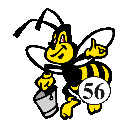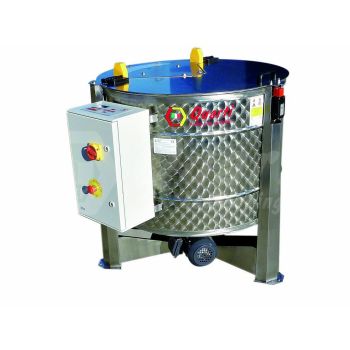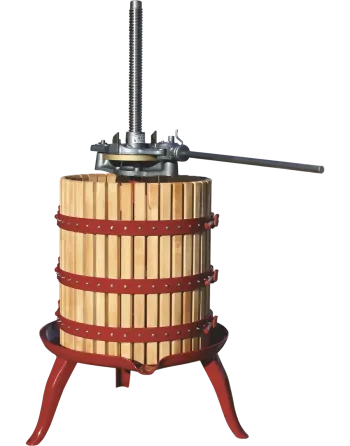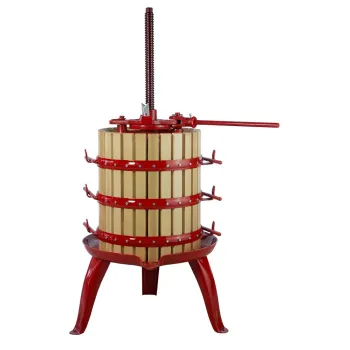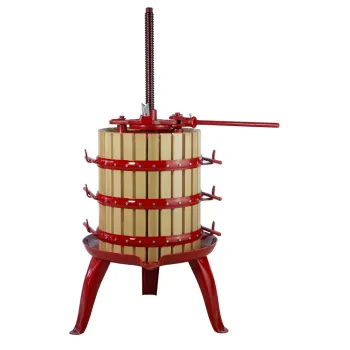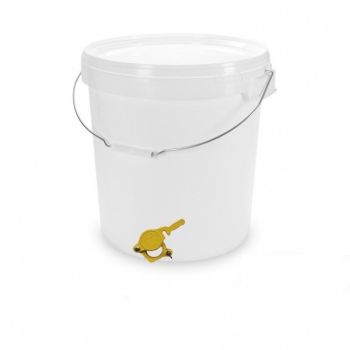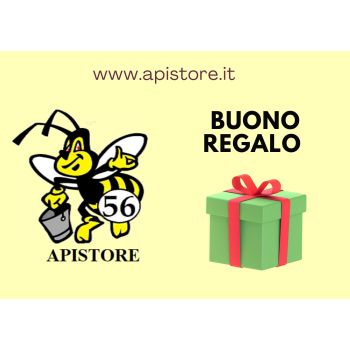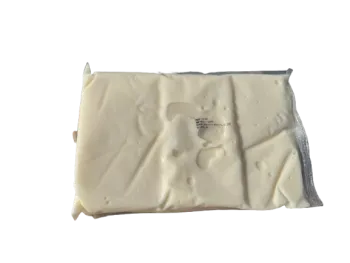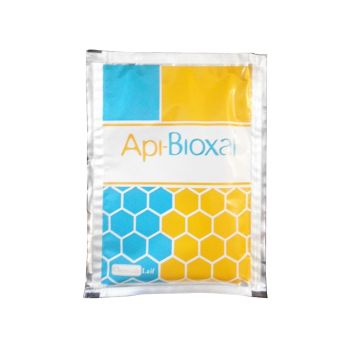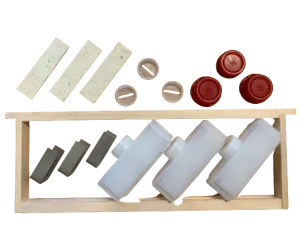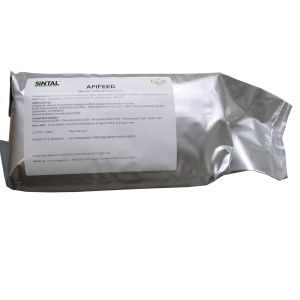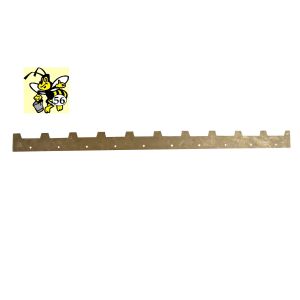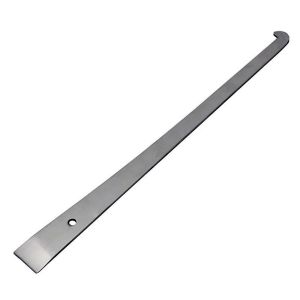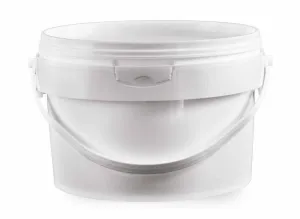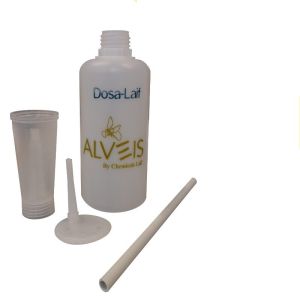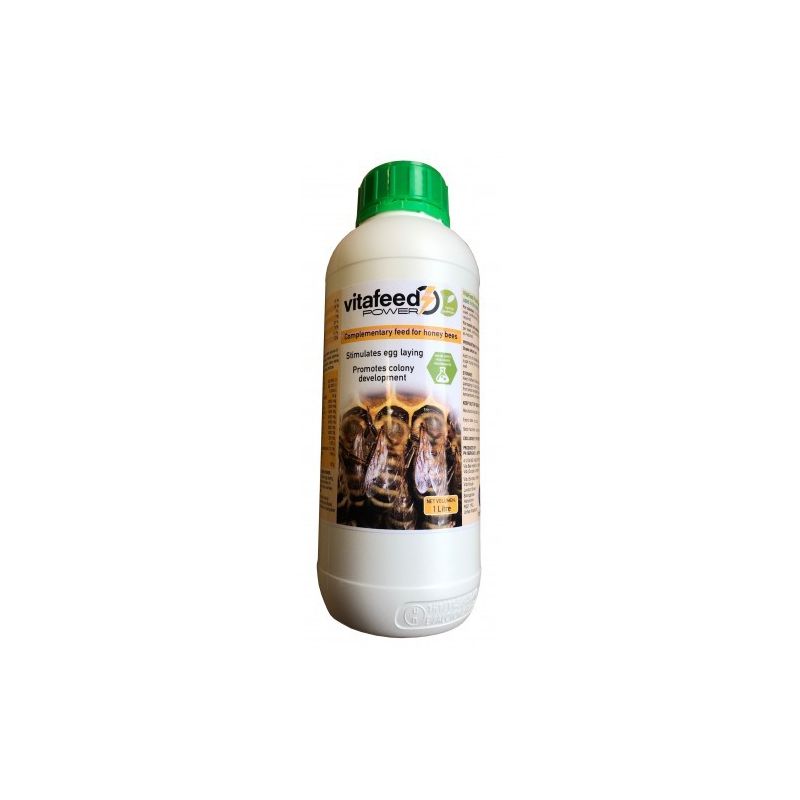

VITAFEED POWER COMPLEMENTARY FEED FOR BEES FORMAT : 250 ml - 1000 ml STIMULATES DEPOSITION AND PROMOTES COLONY DEVELOPMENT WHEN TO USE VITAFEED POWER: VITAFEED POWER STIMULATES EGGS DEPOSITION AND INCREASES COLONY GROWTH. VITAFEED POWER CONTRIBUTES TO COLONY DEVELOPMENT AND PREVENTS NUTRITIONAL DEFICIENCIES DURING THE PERIOD OF LOW POLLEN AVAILABILITY.
USE RECOMMENDATIONS FOR ASPRONOVAR:A) For Beehives- 3 small bottles filled with 200 ml/cad- felt wick 3 cm long- frame placement outside the broods- inverted honeycomb or empty Honey super to act as a lung- treatment times 14/21 days depending on varroa fall- intervention between mid-July and mid-August (need to do post treatment at least 2 brood cycles)B) For nuclei- 3 small bottles filled with 100 ml/cad.- 2 cm long felt wick- positioning frame in contact with polystyrene/wood wall- empty honeycomb to act as a lung- treatment time 14/21 days depending on varroa fall- intervention between mid-July and mid-August (need to do post treatment at least 2 brood cycles) WHY CHOOSE IT: - Gradual spread with possibility to manage evaporation- Low mortality of queen bees- Stability in ant temperature- High efficacy rate- Safe for operator
Indications and methods of use:reduced pollen importation rescue nutrition-weak families spring stimulation formation of swarms and bee packs queen rearing summer stimulation pre-wintering (after antivarroa treatments) pre-wintering feeding Usage:Administered as is (powdered) or for preparation of syrups or integrated sugar pastes (Candifeed)USE TO PRODUCE: 400 LITERS OF PRODUCT - DILUTE 50 g of Apifeed in 1 L of well-mixed syrup or 50 g in 1 KG of candied fruit Administration:Distribute 30/50 g of Apifeed as such at a time on the beanstalks, either directly or using a scrap of kitchen paper as a backing 50 g of Apifeed in 1 L of candied fruit 50 g of Apifeed in 1 L of well-mixed syrup
VITA-OXYGEN powdered sanitizing detergent developing peracetic acid (active oxygen) Store the product tightly closed, cool and 'dry , away from riducent and flammable materials For disinfection from all Beehive pathogens (American and European foulbrood, nosema ceranae, calcified brood, varroasis-related viruses ) of Beehives, combs and any type of beekeeping material.Vita Oxygen is a powerful, broad-spectrum sporicidal disinfectant based on the newest generation of pera-cetic acid, also used in hospital and medical settings for sterilization. Characteristics* broad-spectrum disinfectant: sporigenic and nonsporigenic bacteria, fungi and viruses) * remarkable rapidity of disinfection: contact time 30 minutes * non-corrosive on materials Method of usePreparation: dissolve Vita Oxygenin lukewarm water ( 20-30° )at doses of 10 grams per liter for decontamination/disinfection or 20 grams per liter for high-level disinfection. Shake for 2 / 3 minutes until much of the powder has dissolved. Wait the indicated activation time (15 minutes at 10 grams per liter and 30 minutes at 20 grams per liter ) following the label directions . Coarse manual cleaning is recommended to remove wax bridges or substantial propolis formations. Leave in contact with the solution 30 minutes or more. For disinfection of Beehives,frame timbers or other material, prepare suitable contain -tor and fill with solution. Allow the material to soak. Alternatively, spray with disinfet -tant and brush. For disinfecting honeycombs - Dip the honeycombs in the disinfectant solution letting the alveoli fill.Leave them in contact with the disinfectant then drain them by whisking them to empty the alveoli. Alternatively, the disinfectant can be sprayed with nebulizer directly on the combs.With the solution in nebulizer, thoroughly spray the combs or material. Manual application: can also be used to wash with brush and solution. Important Use concentrations and residence times in disinfection that are proportional to the amount of organic matter present to be removed.Disinfection time should be understood to be 30 minutes in cases where wax and propolis are present in superficial layers ( from a few thousandths of a milli-meter to half a millimeter ) such as may be the typical condition of Beehive walls or frame crossbars or uprights or the surface of a pocket feeder ,etc....No rinsing is required as the degradation products turn out to be water, oxygen and acetic acid. The dilute is not hazardous to the operator. The dilute is effective at its maximum potential for a time of 24 hours. Thereafter the sterilization action decreases.
Dosa-Laif is the dispenser created to quickly and easily measure and administer solutions such as Api-Bioxal, ApiHerb, SuperBee, ApiGo and Micostop and will make you forget the classic syringe. - 100% MADE IN ITALY; - softer, wider bottle to ensure greater stability and easier pressure; - wider exit holes that allow dosing of even denser solutions such as ApiHerb and Superbee; - one-piece cap with spout.
